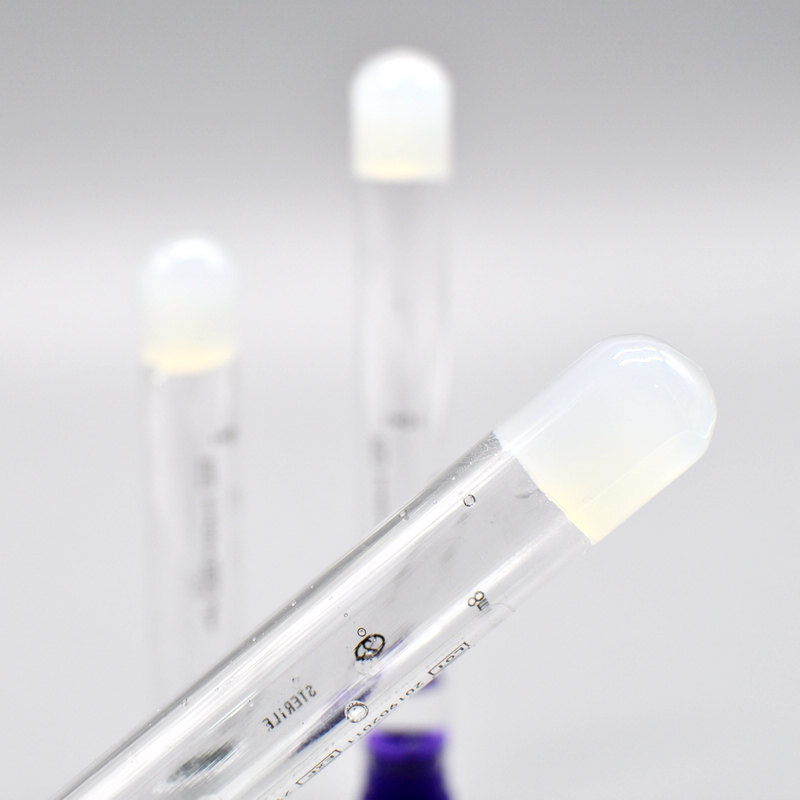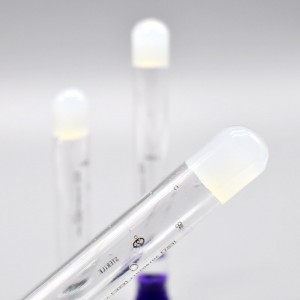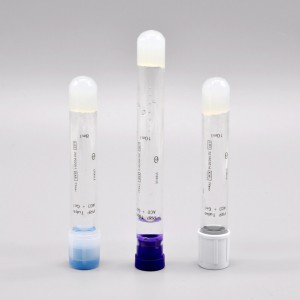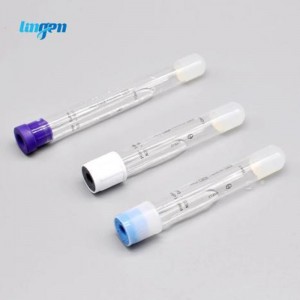PRP Tubes Gel
Short Description:
Our Integrity Platelet-Rich Plasma Tubes utilizes a separator gel to isolate the platelets while eliminating the undesirable components such as red blood cells and inflammatory white blood cells.
Abstract
Platelet-rich plasma (PRP) is currently used in different medical fields. The interest in the application of PRP in dermatology has recently increased. It is being used in several different applications as in tissue regeneration, wound healing, scar revision, skin rejuvenating effects, and alopecia. PRP is a biological product defined as a portion of the plasma fraction of autologous blood with a platelet concentration above the baseline. It is obtained from the blood of patients collected before centrifugation. The knowledge of the biology, mechanism of action, and classification of the PRP should help clinicians better understand this new therapy and to easily sort and interpret the data available in the literature regarding PRP. In this review, we try to provide useful information for a better understanding of what should and should not be treated with PRP.
Definition
PRP is a biological product defined as a portion of the plasma fraction of autologous blood with a platelet concentration above the baseline (before centrifugation). As such, PRP contains not only a high level of platelets but also the full complement of clotting factors, the latter typically remaining at their normal, physiologic levels. It is enriched by a range of GFs, chemokines, cytokines, and other plasma proteins.
The PRP is obtained from the blood of patients before centrifugation. After centrifugation and according to their different density gradients, the separation of blood components (red blood cells, PRP, and platelet-poor plasma [PPP]) follows.
In PRP, besides the higher concentration of platelets, other parameters need to be taken into account, such as the presence or absence of leucocytes and activation. This will define the type of PRP used in different pathologies.
There are several commercial devices available, which simplify the preparation of PRP. According to the manufacturers, PRP devices usually achieve a concentration of PRP 2-5 times the baseline concentration. Although one might think that a higher platelet count with a higher number of GFs would lead to better results, this has not been determined yet. In addition, 1 study also suggests that a concentration of PRP 2.5 times above the baseline could have an inhibitory effect.








